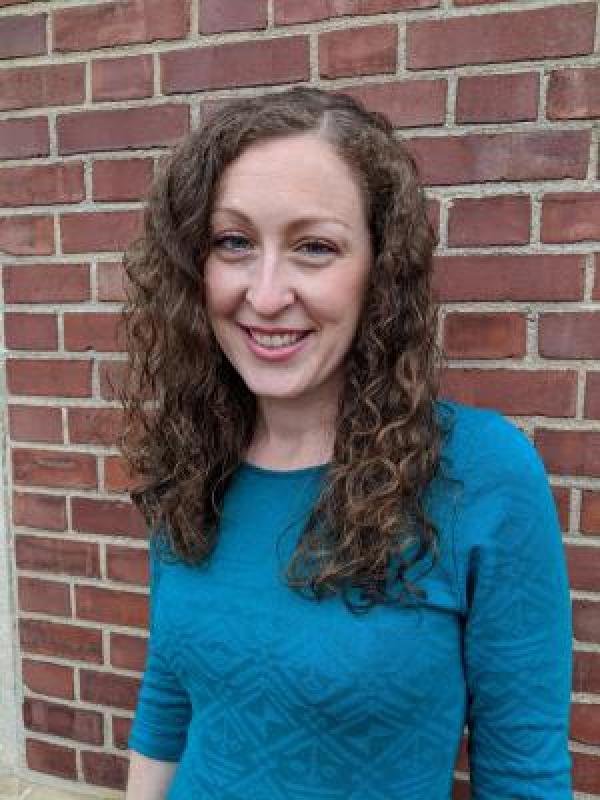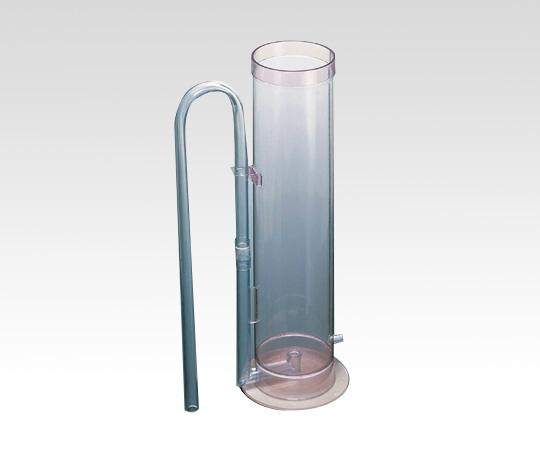
Well, the best performing organizations invest in the training and development of their employees.

This is all required in an environment of increasing regional, national and international government regulations covering all aspects of the manufacturing enterprise.How can we make use of Kolb’s learning cycle in the workplace to improve our skills or those of our team? fuel cells, solar panels, wind energy systems, hybrid power plants, etc.), machine tools and the “machines that build the products” requiring less energy, materials, space and better integrated for efficient operation and efficient factory systems and operation. This includes manufacturing products for an energy and environmentally aware consumer (such as autos, consumer products, buildings, etc.), manufacturing alternate energy supply systems (e.g. All future energy, transport, medical/health, life style, dwelling, defense and food/water supply systems will be based on increasingly precise elements and components produced from increasingly challenging materials and configured in complex shapes with demanding surface characteristic. Manufacturing continues to be a critical field for research and industrial development over many sectors. We also strongly encourage students to take courses outside of the group, to expose them to the wide range applications that are critical components of a well-rounded education. Members of the manufacturing group teach the following courses: There is a wide range of courses that a student can take, due to the nature of the discipline. the Center for Responsible Business for research collaboration on sustainable manufacturing) continue to be a vital part of our program. Ongoing collaborations with our colleagues in Electrical Engineering and Computer Science, Materials Science and Engineering and the Haas School of Business (e.g. The Mechanical Engineering manufacturing group consists of a number of core faculty, whose primary interest and activity is in manufacturing, along with a number of closely affiliated faculty whose work overlaps significantly with manufacturing processes or technologies. Education and research in manufacturing is exceptionally well integrated with industry in terms of internships, research support and student placement. Much of the research includes development of tools for engineering designers to include the impact of manufacturing in the design process as well as, more recently, the life cycle impacts for the product. Recent activities have moved away the more traditional areas of metal forming and plasticity to design and advanced manufacturing integration, new manufacturing technologies, specially for energy reduction and alternate energy technologies, precision manufacturing, computational manufacturing and sustainable manufacturing.

The activity in manufacturing today is built on a long history of fundamental research and education by pioneers such as Erich Thomsen and Shiro Kobayashi. Overall, manufacturing combines classical topics in design, controls and materials processing.
Learning factory room 122 driver#
Manufacturing is receiving special attention at the moment in the United States as a driver of innovation and competitiveness and a major contributor to employment.

A companion set of activities in sensors and process monitoring, automation, internet based design to manufacturing, cyber-physical infrastructure, quality control, reliability are part of manufacturing. Modeling and simulation attempts to predict the behavior of these processes to insure efficient and optimal performance. Typical processes range from conventional material removal by cutting to semiconductor and nanomaterial processing techniques such as chemical mechanical planarization to additive processes such as 3D printing and spray processing. Manufacturing covers a broad range of processes and modeling/simulation/experimentation activities all focused on the conversion of materials into products. There has been a resurgence of manufacturing nationwide and our program reflects a program that is extremely flexible and reflects this dynamically-changing field, which encompasses several sub-disciplines. Sexual Violence & Sexual Harassment Prevention.


 0 kommentar(er)
0 kommentar(er)
